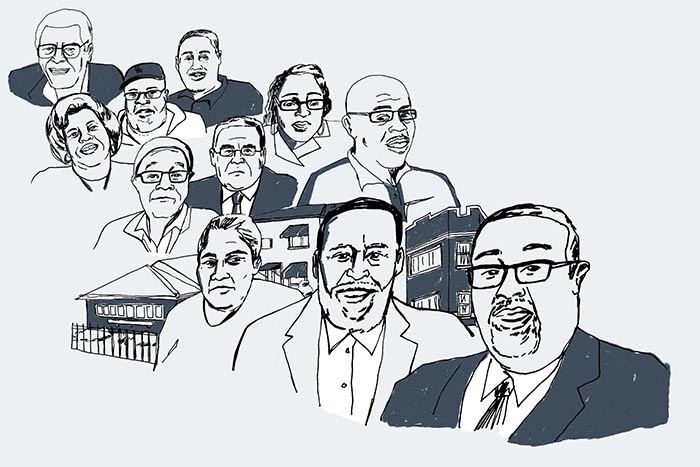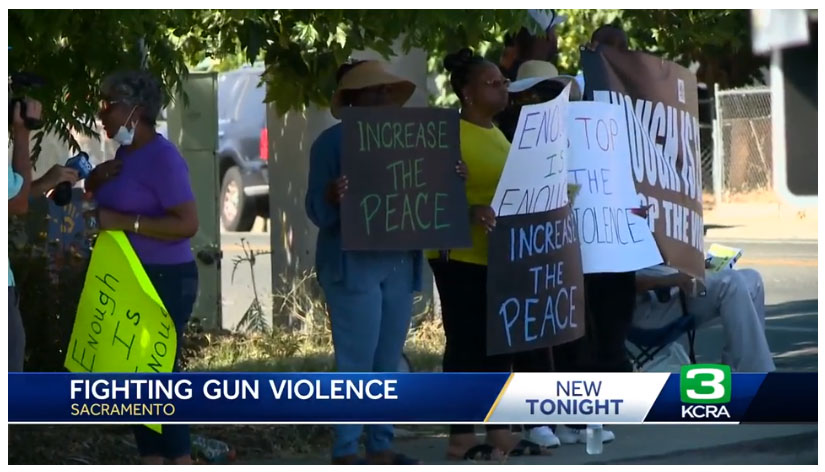
Larry Arnold lived less than a mile from a hospital but, stepping out of his South Side apartment with a 103-degree fever, he told the Uber driver to take him to another 30 minutes away.
Charles Miles’ breathing was so labored when a friend called to check on him that the friend called an ambulance. Still, Miles, a retired respiratory therapist, was reluctant to leave his home.
Close family support had helped Rosa Lynn Franklin recover from a stroke several years ago, but when she was admitted to the hospital in late March, her daughter could do little more than pat her on the back and say goodbye.
All three were among the first people to die of COVID-19 in Chicago, and all three were African American. Their deaths reflect the stunning racial disparity in the initial toll of the virus. Of the city’s first 100 recorded victims, 70 were black.
As the pandemic has spread, that gap has narrowed, and Latinos now make up the largest portion of any reported demographic of confirmed cases across Illinois, state data shows. But the disparity in black deaths persists. As of early May, African Americans, who make up just 30% of Chicago’s population, are about half of its more than 1,000 coronavirus deaths.
For the full story, visit ProPublica.org/Illinois.





